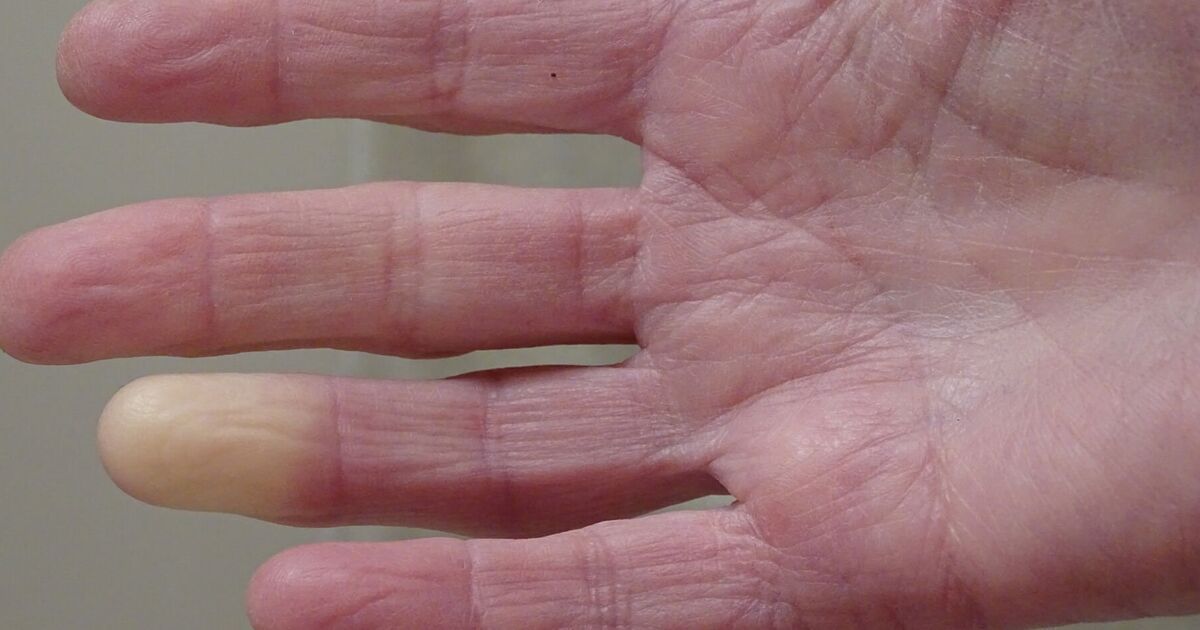If you’ve ever felt pins and needles when you’re cold or stressed, there may be a reason for this, and it’s not imaginary.
The NHS explains that this could be due to Raynaud’s phenomenon, a common condition where blood flow to the fingers and toes is improperly restricted. While it’s usually not serious, it’s important to note that self-treatment by staying warm is often sufficient, but sometimes it can indicate a more serious issue.
Raynaud’s affects blood circulation, leading to symptoms like colour changes in the fingers and toes, pins and needles, pain, and numbness when you’re cold, anxious, or stressed. The skin may turn white or a lighter shade, particularly noticeable on darker skin tones, due to reduced blood flow.
In addition to this, it’s not limited to hands and toes as some may think. In some individuals, they also experience symptoms in their ears, nose, lips, or nipples, lasting from minutes to hours.
When should I see a GP?
Named after the French medical student who first described it in 1862, Raynaud’s is sometimes caused by another health condition, taking certain medicines, or working with vibrating tools for a long time. The NHS say that you should see a GP if:
- you have symptoms of Raynaud’s that are very bad or getting worse
- Raynaud’s is affecting your daily life
- your symptoms are only on one side of your body
- you also have joint pain, skin rashes or muscle weakness
- you’re over 30 years old and get symptoms of Raynaud’s for the first time
- your child is under 12 years old and has symptoms of Raynaud’s
What should I do if I have Raynaud’s?
Do
-
keep your home warm
-
wear warm clothes during cold weather, especially on your hands and feet
-
try to avoid sudden changes in temperature
-
exercise regularly – this helps improve circulation
-
try breathing exercises or yoga to help you relax
-
eat a healthy, balanced diet
Don’t
-
do not smoke – improve your circulation by quitting smoking
-
do not have too much caffeine (found in tea, coffee, cola and chocolate) – it may trigger the symptoms of Raynaud’s
A GP may arrange tests if they think Raynaud’s could be a sign of a more serious condition, such as rheumatoid arthritis or lupus.









